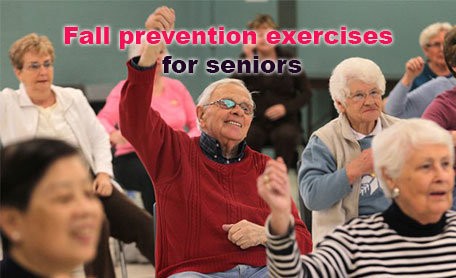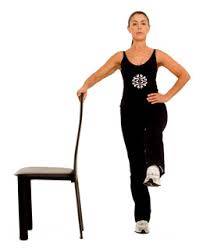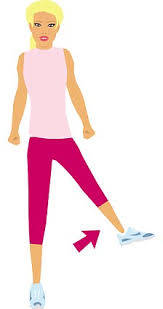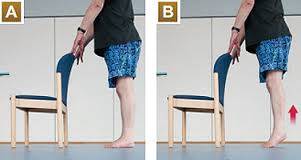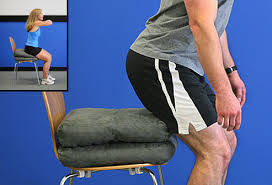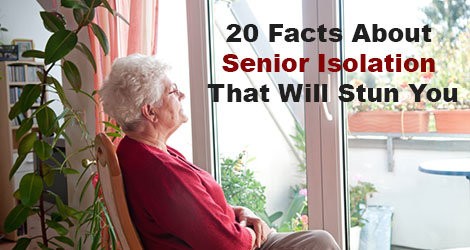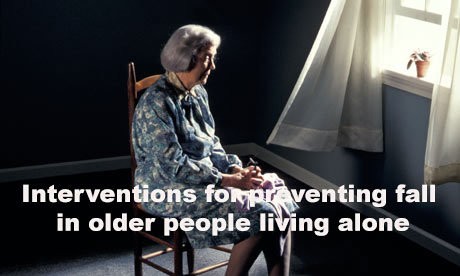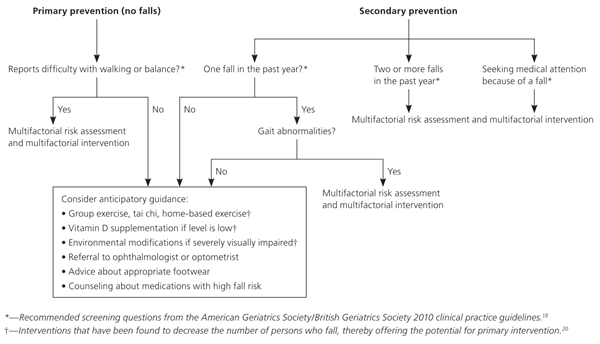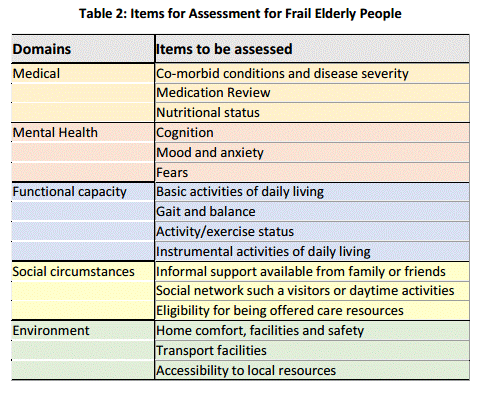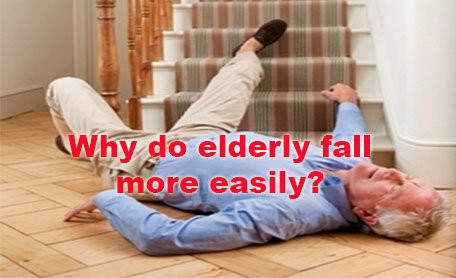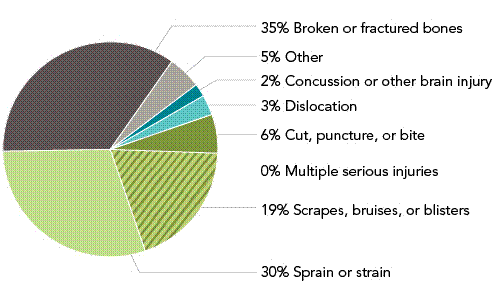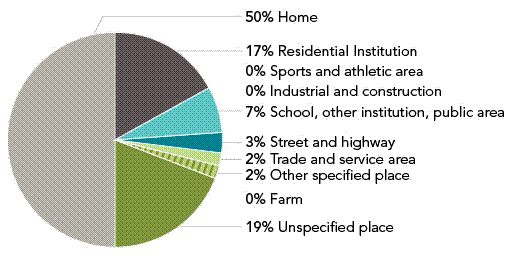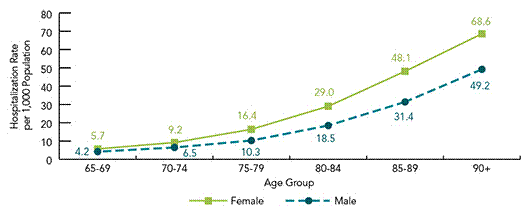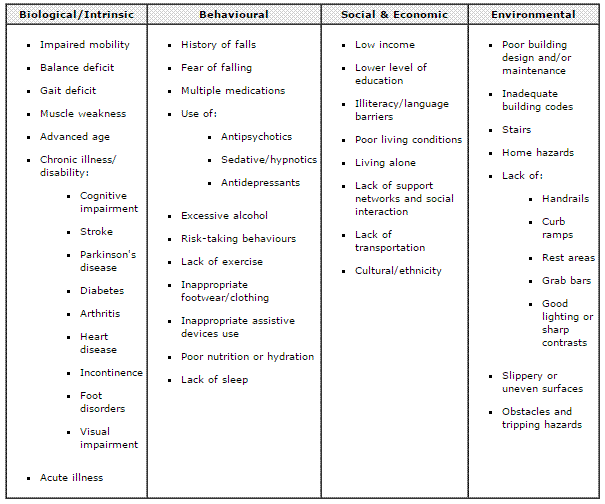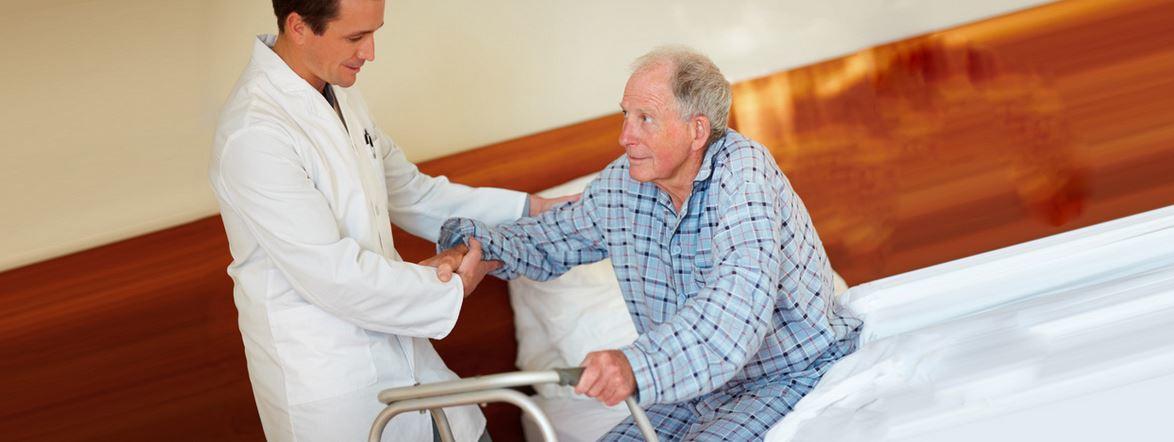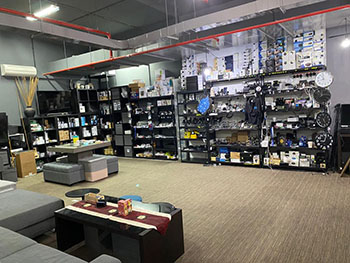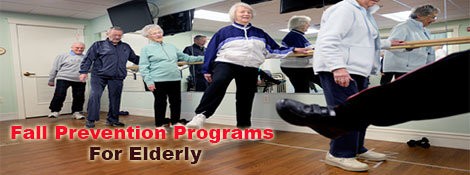
Fall Prevention Programs For Elderly
 Most of the injuries in the older age group are caused due to falls. This can lead to ligament sprains, bone fractures and several other hazards.
Most of the injuries in the older age group are caused due to falls. This can lead to ligament sprains, bone fractures and several other hazards.
In order to avoid these fall AAOS (American Academy of Orthopedic Surgeons) have initiated several programs which will help to improve balance, strength, coordination, and agility.
Some fall prevention programs which will help in reducing falls –
A matter of balance
This is an 8 week program whose objective is to reduce the fear of falling. Moreover, this aims at increasing the activity level of a person.
After joining this program you will learn about the external risk factors, how to cope up with them. This will also helps you in building physical strength, maintaining body balance and, you will be able to see falls as controllable.
The Otago exercise program
The Otago exercise program is based on 17 balance and strength exercises which is delivered by a physical therapist at your home. By implementing the things taught in this program you will be able to reduce falls between 35 – 40%. This is program ranges from 6 – 12 months.
Tai Chi for Arthritis
Tai Chi is one of the most effective programs for the treatment of arthritis problem. Tai Chi aims in improving strength, flexibility, stamina, balance and many more.
Tai Chi program is supported by many health foundations throughout the world. This comes with a range of DVDs, and is taught by 15,000 well certified instructors throughout the world.
Stepping On
The objective of this program is to build self confidence among the older people. This program was originated in Australia. It was found that this program resulted in 30% decrease in falls. The aim of this program is to prevent falls and build up the strength and balance by engaging people in fall prevention strategies.
By joining this program you’ll learn about various fall hazards, how to prevent them. Moreover, you’ll be able to help others by sharing your knowledge and experience with them.
Tai Ji Quan Program : Moving for better balance
This is a 24 week program which is delivered by two – one hour training session each week. This program is a mixture of warm up exercises mini therapeutic moments followed by brief cool down exercise.
Stay Active and Independent for life program (SAIL) :
This is an exercise based program which includes aerobics and various other body strengthening and balancing exercise. This program aims in providing self assessment along with the educational material which will provide in – depth knowledge about falls in older age and how to prevent them.
So, these are some of the programs which you can implement in your daily life to stay fit and fine.
